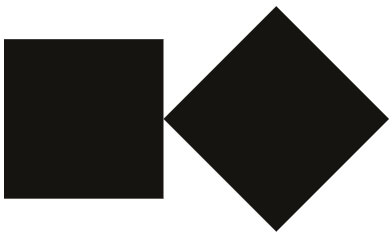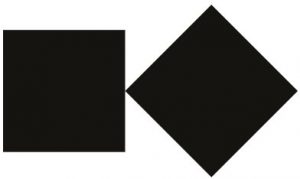This week I was working on some brochure copy for a client. We’d agreed a price based on me writing three drafts – but, just as I was about to start writing, they asked: if it turned out that we didn’t need all three drafts, would that reduce the cost of the job?
(This is actually a trickier question than you might think. Yes, my fee was based on me writing three drafts. But that can get hazy – it’s fairly typical to end up doing ‘half drafts’ or ‘just a few last tweaks’ without asking for more budget. The three drafts I’d outlined were primarily there to keep everyone focused and stop things getting out of hand. Also, does this kind of arrangement actually discourage writers from turning in a really good first draft, nailing the brief and saving the client valuable feedback time? It’s worth thinking about. Anyway.)
I didn’t mind keeping the costs flexible. But I did need to flag something that not all clients think about:
Different drafts do different jobs
When I cost a project, I don’t attach the same cost to each draft. The first draft takes by far and away the most time – it’s the one which involves all the upfront research and brainwork, and it’s the only one where I’m starting with a totally, intimidating-ly blank page. So, depending on the size of the project, this first draft could cover a big part of the cost.
The second draft, and those that come after it, are usually easier, since there’s at least a framework for the writer and client to knock about. So, even if there are big changes, they probably won’t take as long as writing the first draft from scratch. Later and final drafts should just be about polishing and tidying, and often don’t take very long at all.
So you can ditch the later drafts if you like. But you might not save as much as you expect. And in saving a relatively small amount, you might end up making a false economy…
Don’t fall at the last hurdle
You might think: well, if the last drafts are easier, we can do them ourselves. But I’d advise against it. Those last bits of polishing can make the difference between a line that sings and a line that falls flat. I’ve often had a well-meaning designer tweak something in the final copy, only for the parallel structure to become unbalanced, the alliteration to be lost, or for some other very clever thing I was trying to do be unintentionally and completely cocked up. Someone once said to me that hiring a writer and tinkering with their final draft was like employing a mechanic to fix your car but then trying to fix the exhaust pipe yourself. I’m no driver (got three majors on my first test, never took the driving seat again), but it’s kind of the right idea.
So, even if the first draft is pretty good, think about going through a few more, refining as you go. Sometimes, in those later drafts is where the magic happens.

